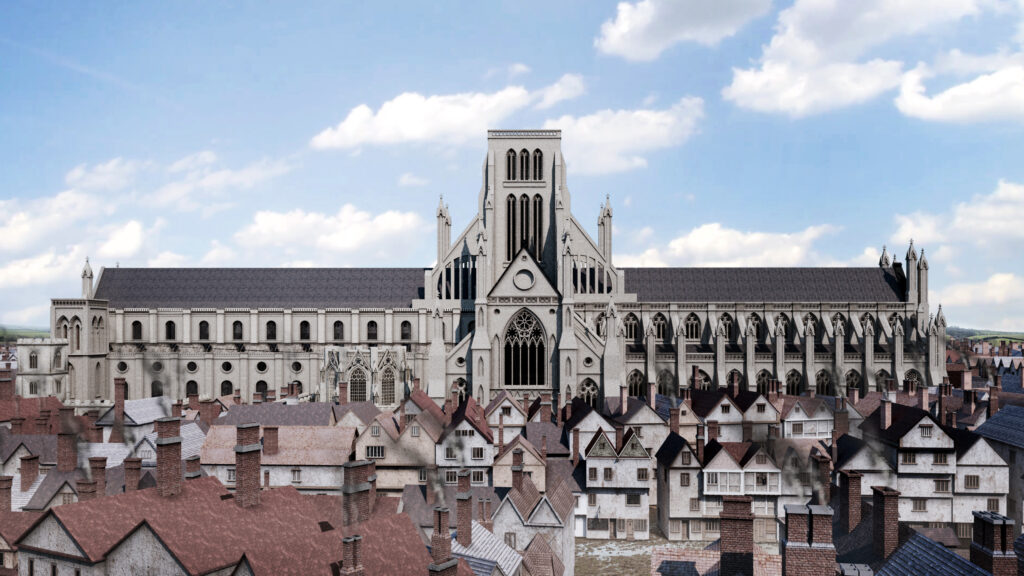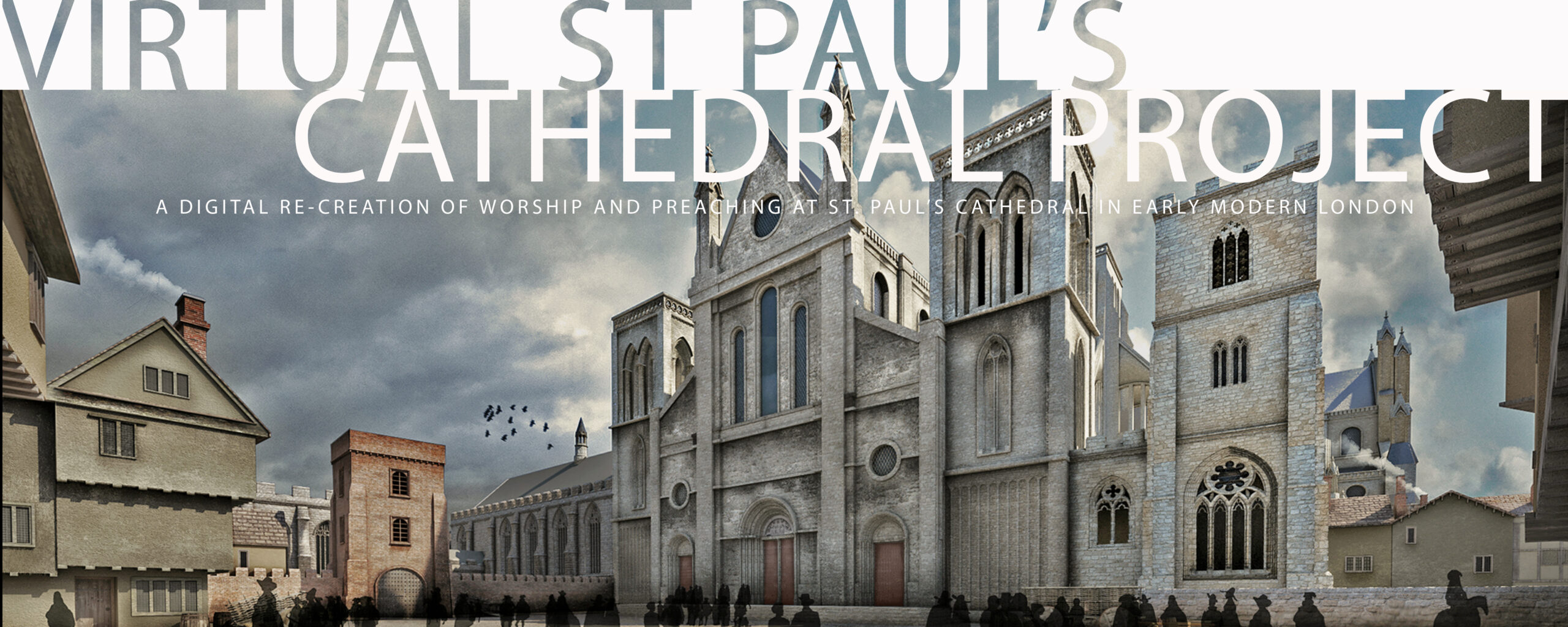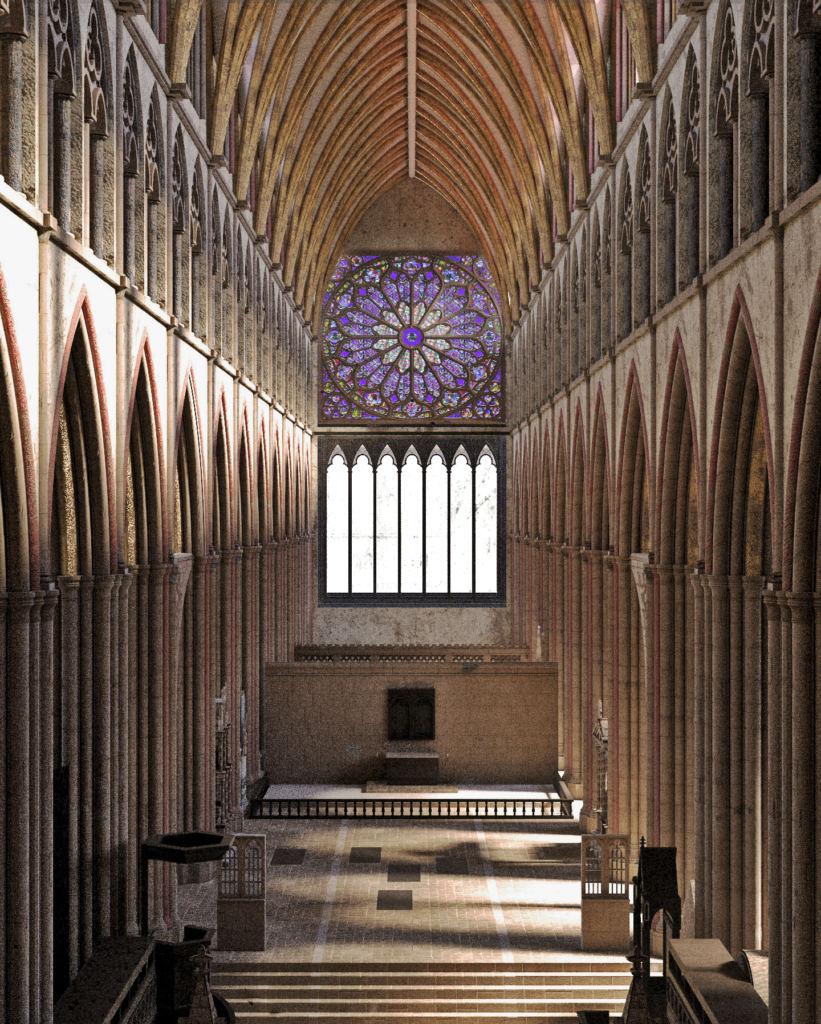
What We’ve Recognized, to Date
- The post-Reformation Church of England represents a unique combination of continuity and discontinuity with the Medieval Church. The basic medieval pattern of Daily Offices plus Holy Communion on Sundays and Holy Days was continued, albeit in simplified form. The Sacrament of Holy Communion, however, ceased being an action by the priest for an observing congregation and became a corporate action of the congregation, coordinated and guided by the priest.
- Medieval anxiety about unworthy reception of the elements of the Communion service persisted, albeit to a a lesser degree. Medieval anxiety led to elaborate rites of private penance as a prerequisite for reception, resulting in a single annual reception as a norm and the substitution of adoration of the consecrated elements for active participation in the rite. The post-Reformation Church of England continued rites of preparation for reception but made them public, as part of the Rite of Holy Communion itself.
- While the post-Reformation Church of England encouraged reception (manifest concretely in the legal requirement that everyone receive the bread and wine of Communion at least three times a year and in the Prayer Book’s Exhortation to Come to the Holy Communion, for use “when the curate shall see the people negligent to come”), the hold-over of anxiety about unworthy reception (manifest in the presence of not one but two Exhortations against Unworthy Reception in the Prayer Book) inevitably limited participation.

- The medieval tradition that only a duly-ordained priest or bishop could celebrate the Holy Communion persisted, but, post-Reformation, priests and bishops could not celebrate alone but needed to have at least two or three others join them.
- Nevertheless, the requirement that cathedrals and collegiate and parish churches perform the rite of Holy Communion every Sunday and Holy Day preserved the possibility of reception of Holy Communion on all those occasions. When none presented themselves to receive communion on a particular Sunday or Holy Day, parish churches began the Rite of Holy Communion, but brought it to a close after the sermon and the Prayer for the Whole State of Christ’s Church (what William Harrison calls a “dry communion”). All clergy at “cathedrals and collegiate churches” were required by the rubrics of the Book of Common Prayer to “receive the communion with the minister every Sunday at the least, except they have a reasonable cause to the contrary.”
- St Paul’s Cathedral in London was one of four religious establishments that led the way in the reimagining of worship in post-Reformation England. The other three were the Chapel Royal at Westminster, Westminster Abbey, and St George’s Chapel at Windsor Palace. Choirmasters at these four religious establishments had the right to recruit skilled musicians from other cathedrals and collegiate churches for work in their choral music programs.
- The post-Reformation Church of England was corporate, liturgical, and sacramental, emphasizing public participation in its rites and services.
- Once the autonomy of the Church of England was restored in 1559, the most significant opposition to the Church of England in the early modern period was from the evolving Reformed tradition.
- This tradition increasingly promoted the devolution of authority from the institutional church, whose clergy believed that they had been given “power and commandment [from God] to “declare and pronounce to his people . . . the absolution and remission of their sins,” to the solitary individual seeking internal signs of divine favor, passing, in the process, from Presbyterianism to Congregationalism to the increasing fragmentation of the faithful. In this view, the idea of the priesthood of all believers led beyond the idea of a shared priesthood between ordained and lay menbers of the Church to the abolition of the priesthood altogether.
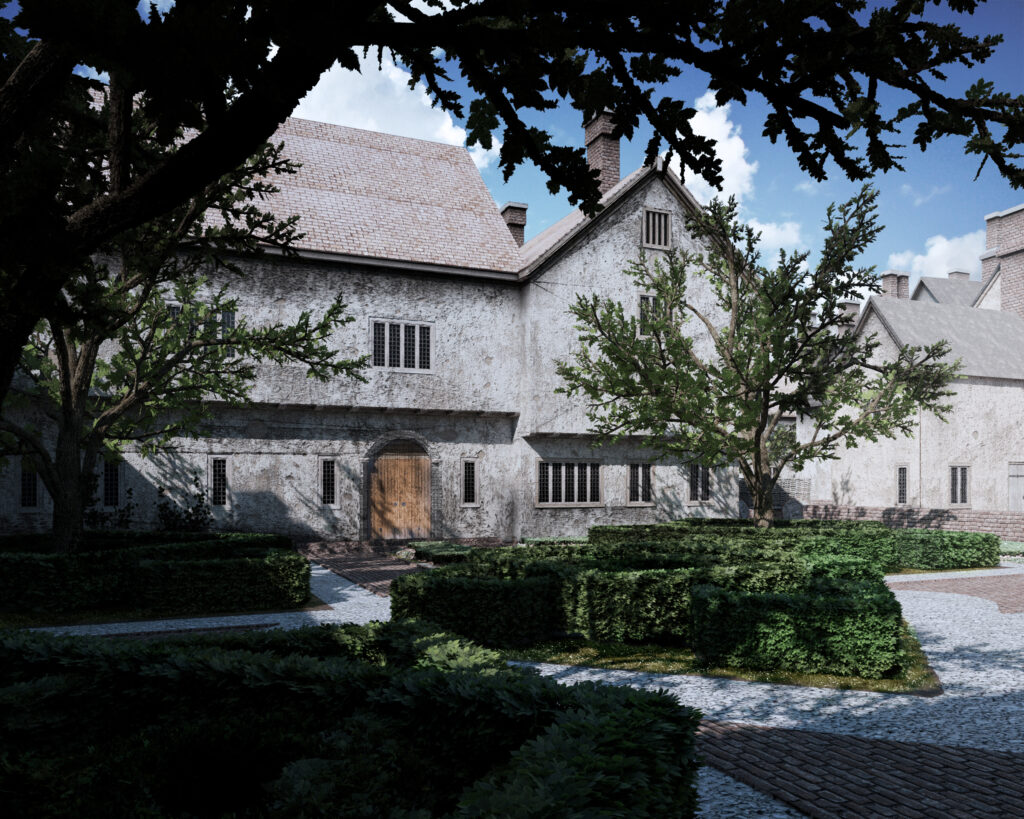
What We’ve Learned, to Date
The post-Reformation Church of England was corporate, liturgical, and sacramental, emphasizing public participation in its rites and services.
The early modern sermon was the sermon delivered, not the sermon text transcribed after delivery or revised for print publication.
Early modern sermons were composed within the context of the matrix of daily, weekly, monthly, and yearly cycles of Bible readings appointed by the Lectionaries of the Book of Common Prayer.
Recreating the context created for preaching created by the required readings from the Bible prescribed by the Lectionaries of the Book of Common Prayer is an essential practice when discussing specific early modern sermons for which the date of delivery is known.
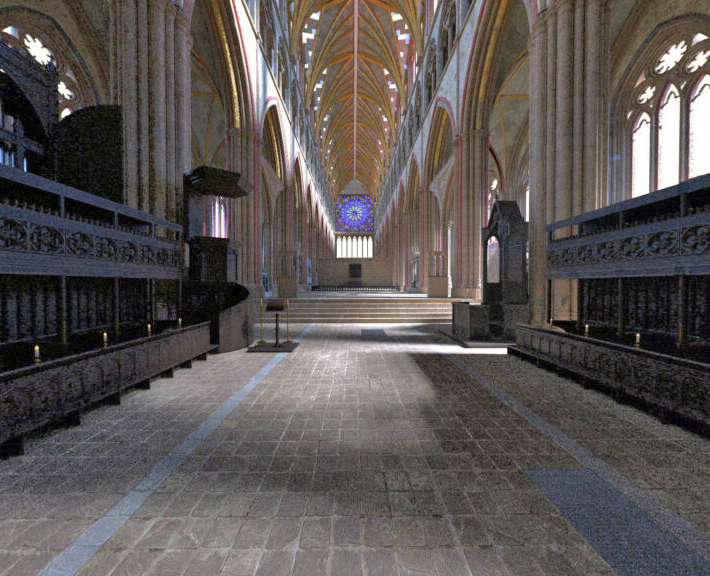
Recognition We’ve Earned, to Date
Reviews in Digital Humanities for June 2024 (https://reviewsindh.pubpub.org/pub/the-virtual-john-donne-project/release/1) has a very positive review by Erin McCarthy (University of Galway).
DH Awards 2022 — First Runner Up in the Data Visualization Category

Ben Markham, President of Acentech, the acoustic engineering firm that handled acoustic modeling for the Paul’s Cross Project, has written a piece about the importance to their work of their involvement with our Projects.
The Digital Public History website has published a review of the Virtual St Paul’s Cathedral Website —
P.O.E.M.S Group website includes announcement of the Virtual St Paul’s Cathedral Project website — https://www.poemsgroup.org/forum/announcements/virtual-donne
The North Carolina Disciple (Journal of the Episcopal Diocese of North Carolina) — “Recreating History: How a multiyear visual and auditory matting project allows modern people to experience worship in St Paul’s Cathedral before the Great Fire of London.” Fall 2022 issue, pp. 20-21. Also online at https://www.magloft.com/app/episcopal-diocese-of-north-carolina#/reader/47537/186738
PBS NC — Science North Carolina/Tech Science — Feature story on the Virtual Cathedral Project, broadcast September 13th, 2022 (story begins at 12 minutes and 20 seconds into the half-hour show. https://video.pbsnc.org/video/tech-science-fzn61p/
City of London website — Story on the Virtual St Paul’s Cathedral Project with link to the website
PHYS.ORG Online Science News Journal — Recreating the sights and sounds of 17th century London
Renaissance Society of America — Virtual Donne Sites Online
Digital Public History Website — Take Me to Church: The Virtual St. Paul’s Cathedral Project
Mississippi University for Women — What it Means to do DH
Medieval.eu — Medieval St. Paul’s Cathedral Destroyed in the Great Fire Reconstructed in VR
Southeastern Renaissance Conference — “SRC Member John Wall Launches Donne Cathedral Project”
St Paul’s Cathedral, London — Tweet — “Have We Found a Time Machine?”
NEH White Paper on the Virtual Cathedral Project — “Acoustic Modeling in Historical Research”
